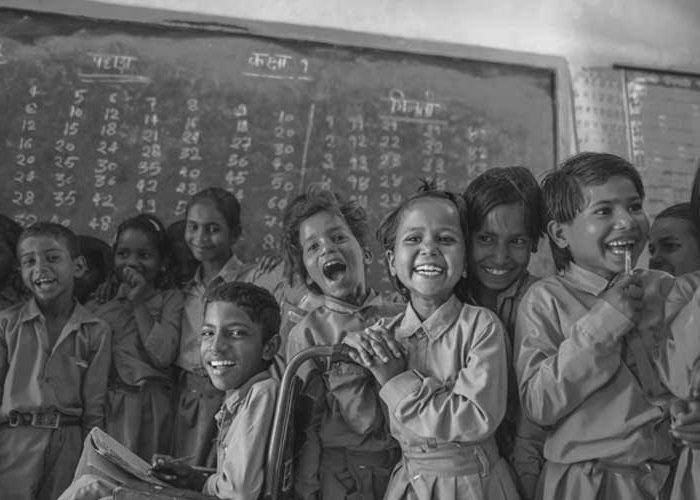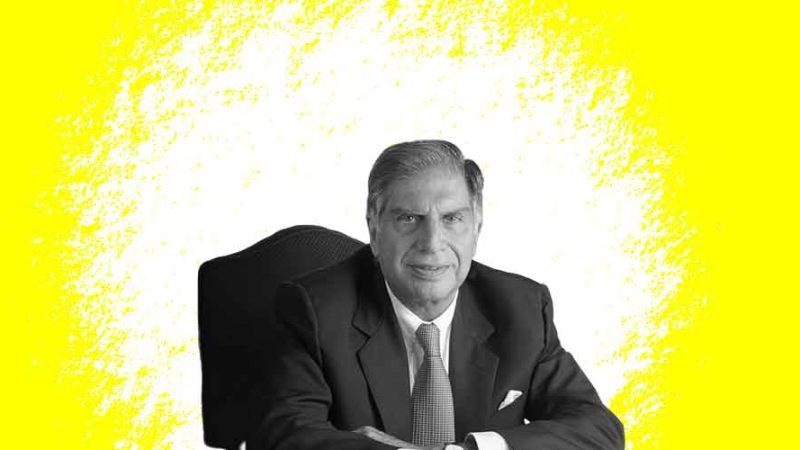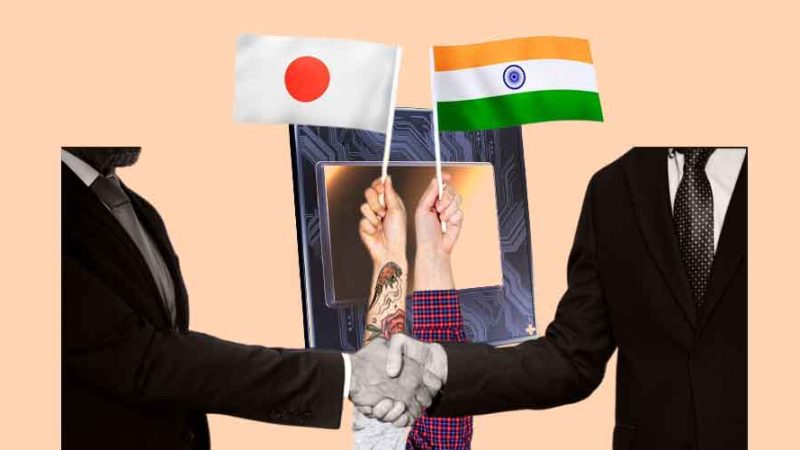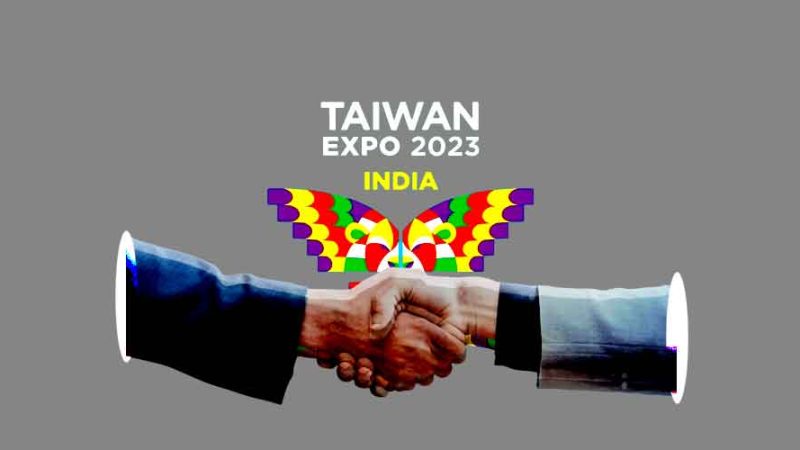
How can India Help its Most Underprivileged to Stand on Their Feet?
These are some steps on how can India help its most underprivileged citizens in the country
It is essential that India’s spatial economic differences be addressed through region-based policies that are specific to underdeveloped regions. India has diverse economies with stiff differences in employment and wages. Over the last three decades, the country’s efforts to historically reduce poverty in India can be further consolidated by regional equity. Region-based economic policies have an essential role to play in the larger strategy to improve the fortunes of India’s poorest communities.
Many of India’s poverty alleviation efforts include efforts like MGNREGA, the United Progressive Alliance government’s significant right-to-work bill, and increased focus on helping the poor people rather than the poor places. Central government schemes generally identify citizens below the poverty level and provide them with subsidies and cash transfers. The Aspirational Districts program, established with the help of the NITI Aayog, recognizes that India’s underdevelopment is concentrated in certain districts. It aims to measure and review the progress based on 49 key performance indicators. The data-based initiative to identify and monitor poor districts has been quite helpful, but its accuracy can actually be if the government deploys region-based economic development policies.
Besides deploying a region-based economic system, India can work on improving the already-implemented systems and eradicate the use of those that do not yield productive results. Both Bangladesh and India have run poverty alleviation programs before. In fact, India’s National Rural Livelihood Mission (NRLM), supported by the World Bank, was one of the world’s largest community mobilization efforts, organizing more than 80 million poor women into over 7.4 million self-help groups. However, the results of the program soon revealed that the poorest people were being left out since they were too poor to avail the microcredit opportunities on offer. And even if a micro-credit program reached them, they had no way of repaying their loans since their income mostly went for their survival.
The government has to keep focusing on these issues since these problems are quite realistic and the underprivileged cannot do it on their own. The officials working in these places can connect poor households with social institutions such as self-help groups as this will offer them access to more sustainable and better market opportunities to gain their livelihood. Also, it is mandatory to Keep ultra-poor programs flexible, especially in a country as vast and diverse as India. Programs should also be open to including new categories for the extremely underprivileged.










